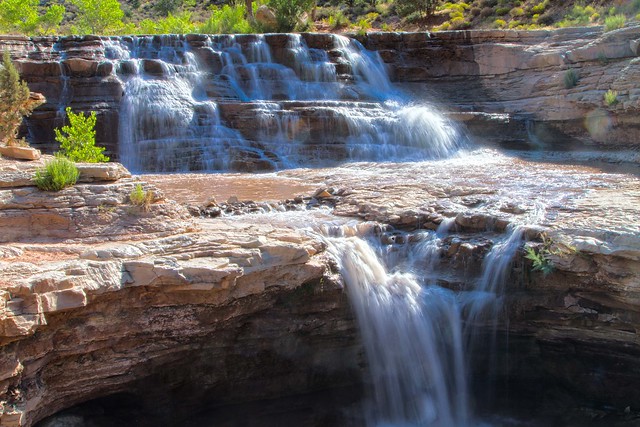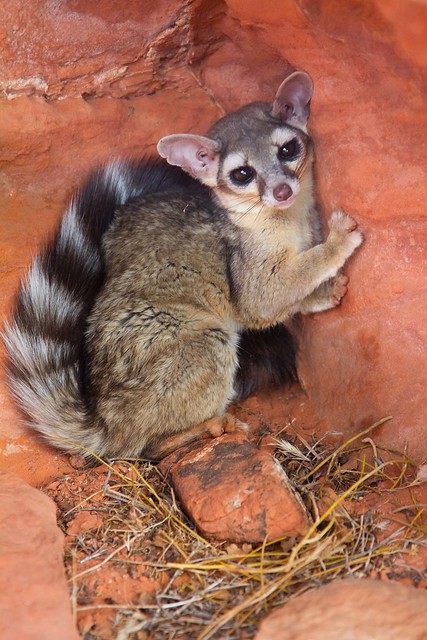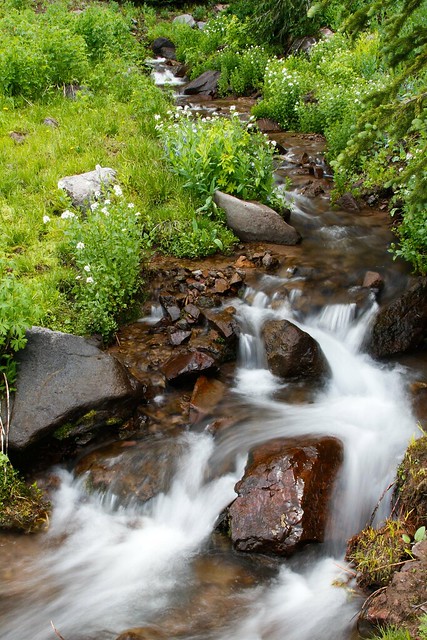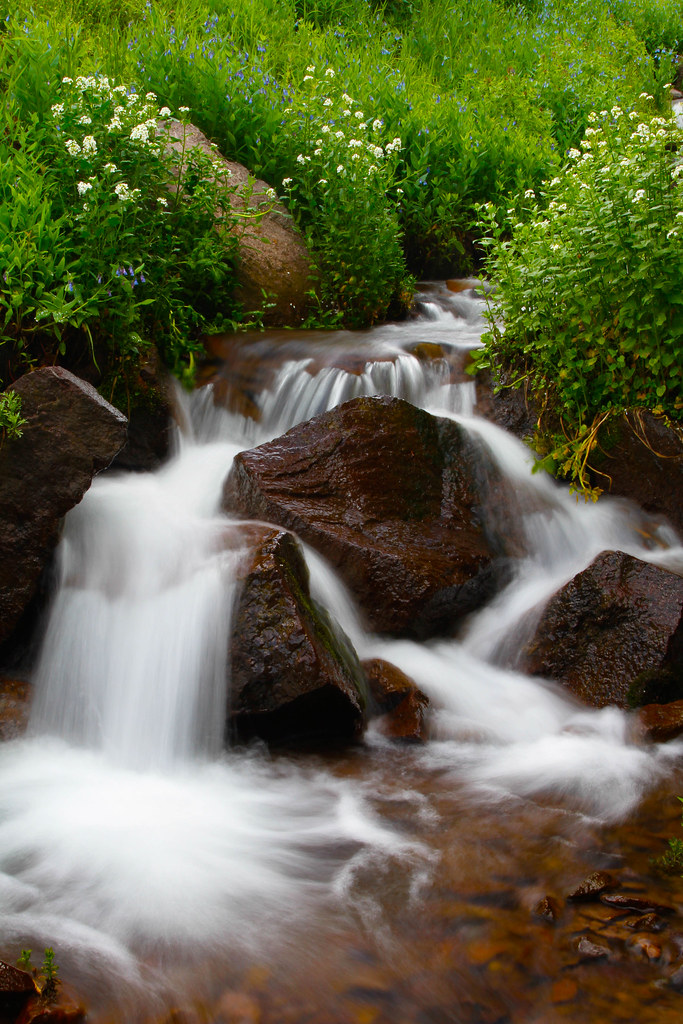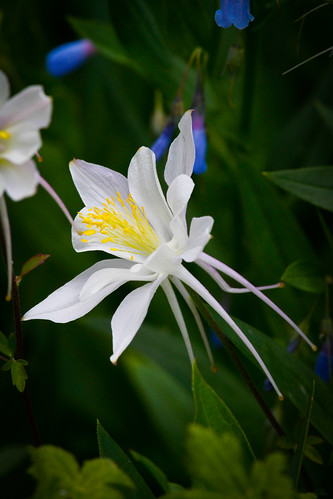There are a lot of places that I love to go and photograph wildlife. Yellowstone National Park is among my favorites. And early September is my favorite time to be there. There is just so much happening. The most exciting activity for me is the elk mating season called the rut.

The bulls are at their peak physically and actively competing for the attention of the cows.

They bugle and fight and chase the cows from one end of the meadow to the other, never taking time to eat or care for themselves. Their only focus is breeding the cows. Each mature bull attempts to gather a harem of as many cows as possible.

Many times this involves stealing cows from another mature bull. That's when the fights break out. To be there with a camera and telephoto lens during this behavior is a real treat.
Elk can be seen anywhere in the park but one of my favorite locations is the Madison River pull-out just east of West Yellowstone. In September, the light is good all day long but as usual it is best in the morning and evening. I arrived there at about 6:30 pm one evening and found this beautiful bull tending his harem.

I set up my tripod and spent the rest of the evening right there. The canyon is positioned so that the evening sun skims the meadow unobstructed by any mountains. I shot for nearly 2 hours as the light continued to lower and lower and better until the sun set for the night.
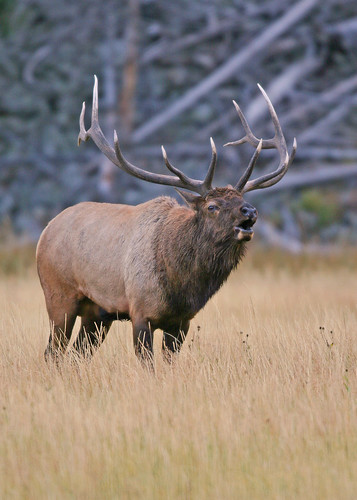
To my surprise, there were no other photographers there. Everyone left and headed for their motels for the night. I was alone with the light.
I was really excited about the photos that I had taken so I decided to try the sunrise in the same place. The next morning, I rose early and was in place at the turn out by 7 am. The sun was not up yet and it was only 21 degrees F. The cold temperature caused a heavy mist to rise from the Madison River.

When the sun struck it in full force, It created an almost surreal scene with the elk moving about in the mist. I set up my camera and proceeded to produce what I consider to be some of the finest photographs in my collection. Again I was alone with the elk and the mist.

By 8:30 the temperature had increased to 28 degrees and the mist was gone. Everyone else decided to stay in bed that morning. What a shame that they missed the magnificent show that morning on the Madison River.










